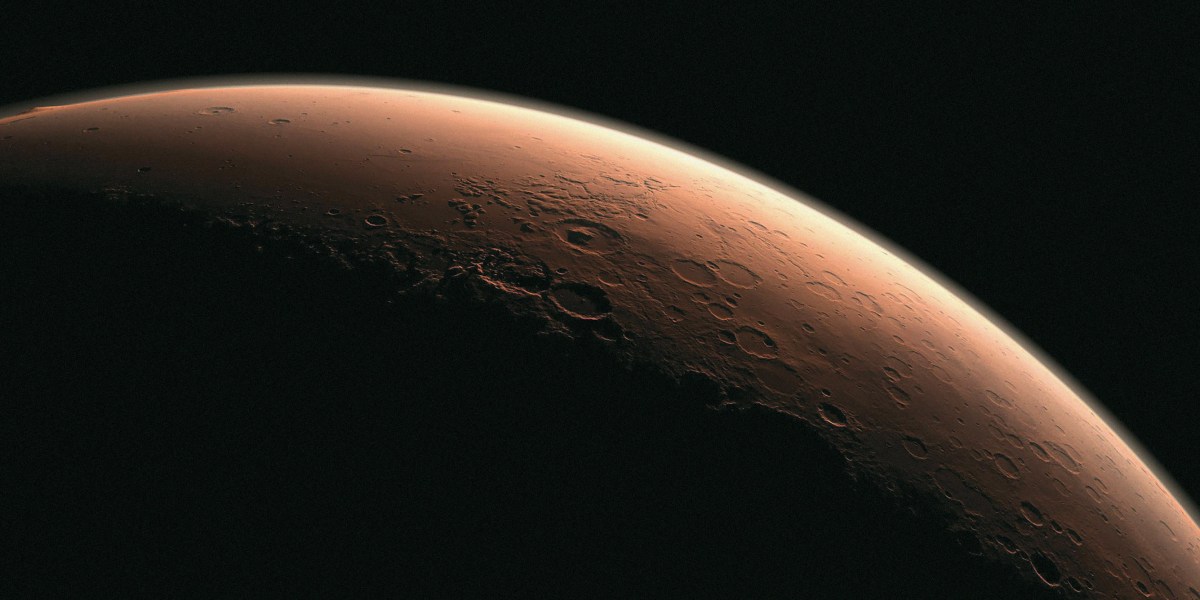
Since the 1970s, we’ve sent a lot of big things to Mars. But when NASA successfully sent twin Mars Cube One spacecraft, the size of cereal boxes, to the red planet in November 2018, it was the first time we’d ever sent something so small.
Just making it this far heralded a new age in space exploration. NASA and the community of planetary science researchers caught a glimpse of a future long sought: a pathway to much more affordable space exploration using smaller, cheaper spacecraft.
There was a catch, though—one that NASA soon had to grapple with. Miniaturization can only go so far before it comes to a crashing halt against some very fundamental laws of physics. Read the full story.
—David W. Brown
This story is from our most recent print issue of MIT Technology Review, which is all about society’s hardest problems, and how we should tackle them. If you don’t subscribe already, sign up now to get future issues when they land.
RSV is on the rise but preventative drugs are in short supply
This year we were supposed to have more tools than ever before to protect kids from RSV (short for respiratory syncytial virus), including a new shot that’s given preventively to babies and vulnerable toddlers to protect them from the worst effects of the virus.
But now—just as rates of sickness are rising—this medicine is in short supply. The CDC issued an alert last week advising pediatricians to ration doses, reserving them for babies younger than six months and those with underlying conditions that place them at highest risk for severe RSV.
